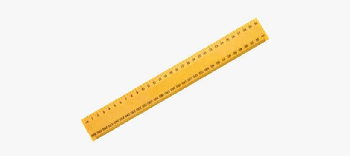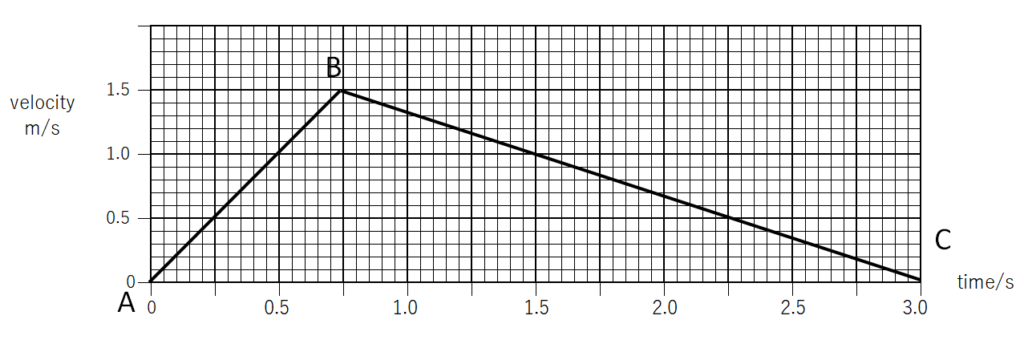1.Length and Time
Question 1.

Rules that are 30cm long are often made of wood or plastic that is thicker in the middle, and thinner along the edges where the scale is printed. Explain why the user is less likely to make an error if the rule is thinner at the edge, and suggest reasons why the rule is thicker in the middle.
Question 2.
A plastic measuring cylinder is filled with water to the 100cm3 mark, and a student measures the column of water in the cylinder and finds that it is 20cm high.
a) The student pours 10 cm3 of the water out of the cylinder. How high will the column of water be now?
b) The student then refills the cylinder back to the 100cm3 mark by holding it under a dripping tap. She finds that it takes 180 drops of water. What is the volume of one of these drops?
c) What is the cross-sectional area of the cylinder? Hint: The volume of a cylinder is given by the equation: volume = cross-sectional area × length.
d) So from answer (c) what is the internal diameter of the tube used to make the measuring cylinder?
Question 3.

A Student tries to measure the period of a pendulum that is already swinging left and right. At the moment when the pendulum is fully to the left, she counts ‘One’ and starts a stopwatch. She counts successive swings each time that the pendulum returns to the left. When she counts ‘Ten’ she stops the stopwatch, and sees that it reads 12.0s.
a) What was her mistake?
b) What is the period of swing of this pendulum?c) In this particular experiment, explain the likely effect of her reaction time on her answer.
2.Speed, velocity and acceleration
Question 1.

An aeroplane takes off from an airfield and travels north for 20 minutes and the pilot finds herself 200 km north of her starting point. She finds that she has gone too far, and she travels south for 10 minutes at 300 km/h to reach the airfield that is her destination.
a) What is the plane’s average speed for the first part of its journey?
b) What is the plane’s average speed for the whole journey?
c) How far apart are the two airfields
————————————————————————————–
Question 2.
The graph shows a distance – time graph for a journey.

a) What does the graph tell us about the speed of the car between 20 and 60 seconds?
b) How far did the car travel between 20 and 60 seconds?
c) Calculate the speed of the car between 20 and 60 seconds?
d) What happened to the car between 80 to 100 seconds?
Question 3.

Look at the velocity-time graph for a toy tractor.

a) Calculate the acceleration of the tractor from A to B
b) Calculate the total distance travelled by the tractor from A to C.
3. Mass and Weight Question
Note that the gravitational field strength on the surface of Mars is 3.8N/kg.
Question 1.
A teenage astronaut has a mass of 60 kg when she gets into her spacecraft on Earth.
a)What is her weight on Earth?
Parts b-e refer to the situation on the surface of Mars.
b) What is her mass now?
c) What is her weight now?
d) If she stands in one pan of a large balance, what masses would be needed in the other pan to balance her?
e) If she stands on bathroom scales (which are a type of spring balance) what would be the reading in Newtons?
—————————————————————————————-
Question 2
The height that you can jump depends inversely on the gravitational field strength. So if the field strength doubles, the height halves. If the Olympic Games were held on Mars in a large dome to provide air to breathe, what would happen to the records for:
a) weight lifting (weight in N)
b) high jump (height)
c) pole vault (height)
d) throwing the javelin (distance)
e) the 100m race (time)
In every case, state whether the record is likely to increase, stay similar or decrease, and explain your choice.




コメント